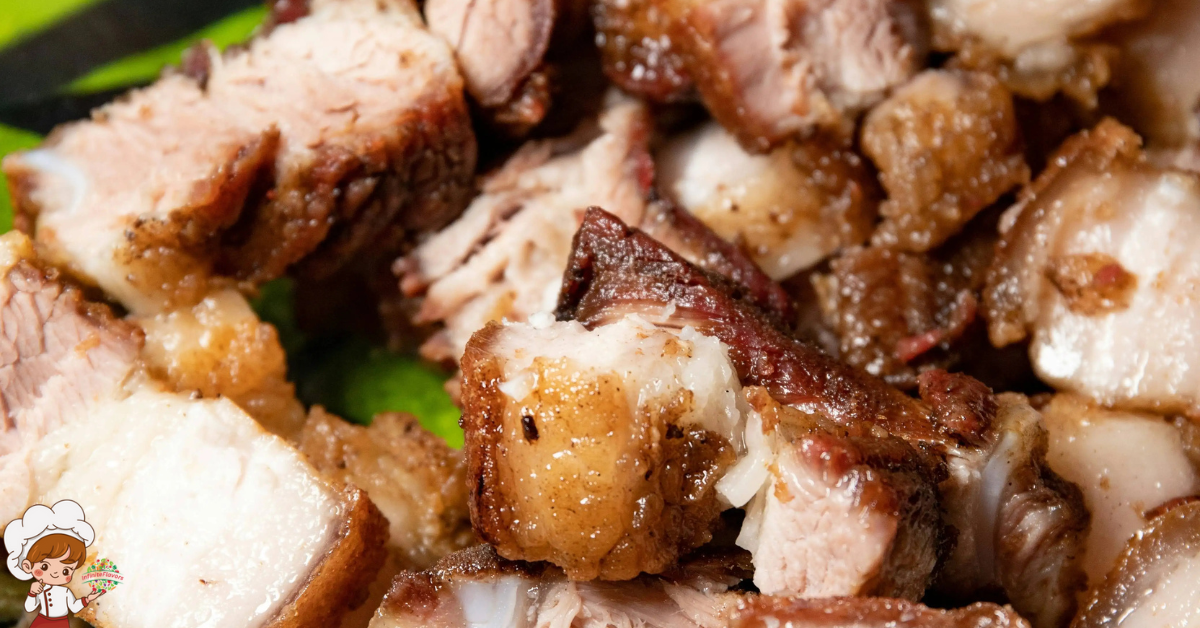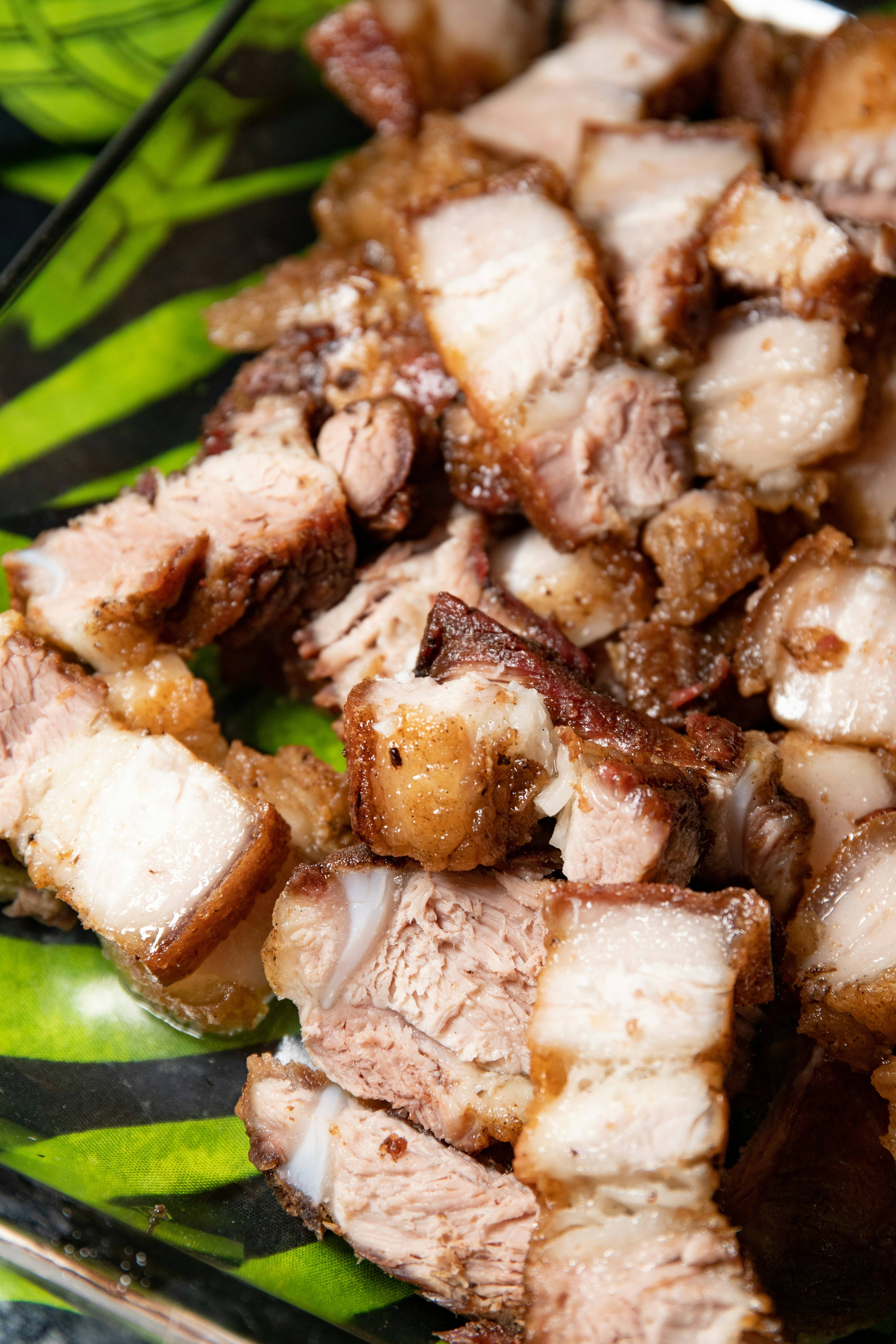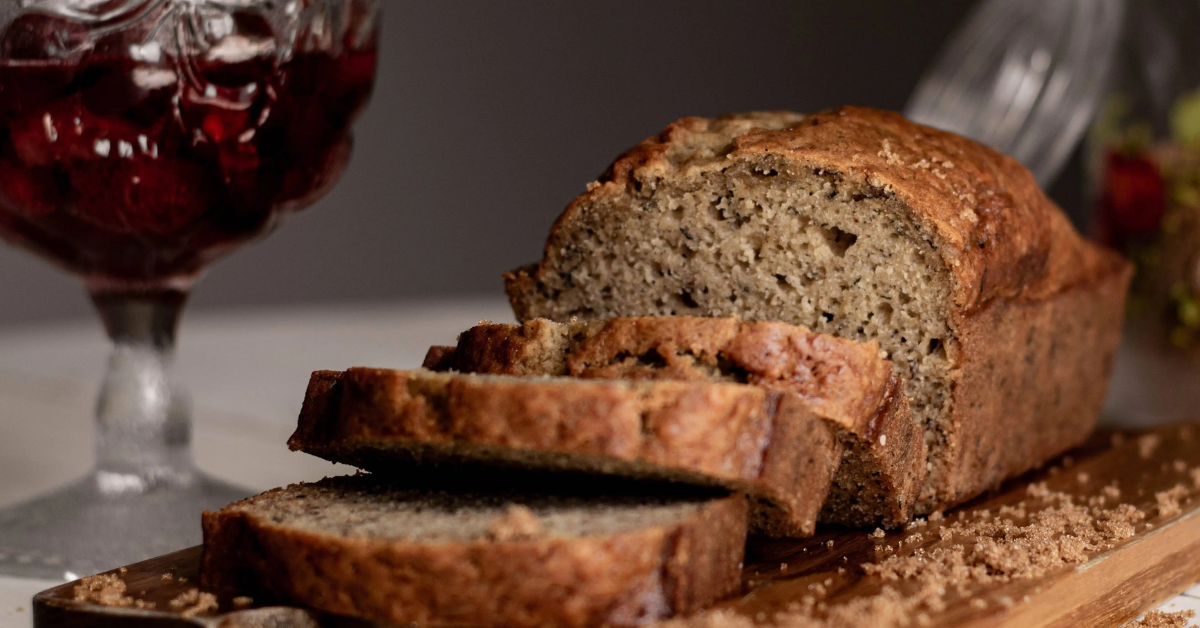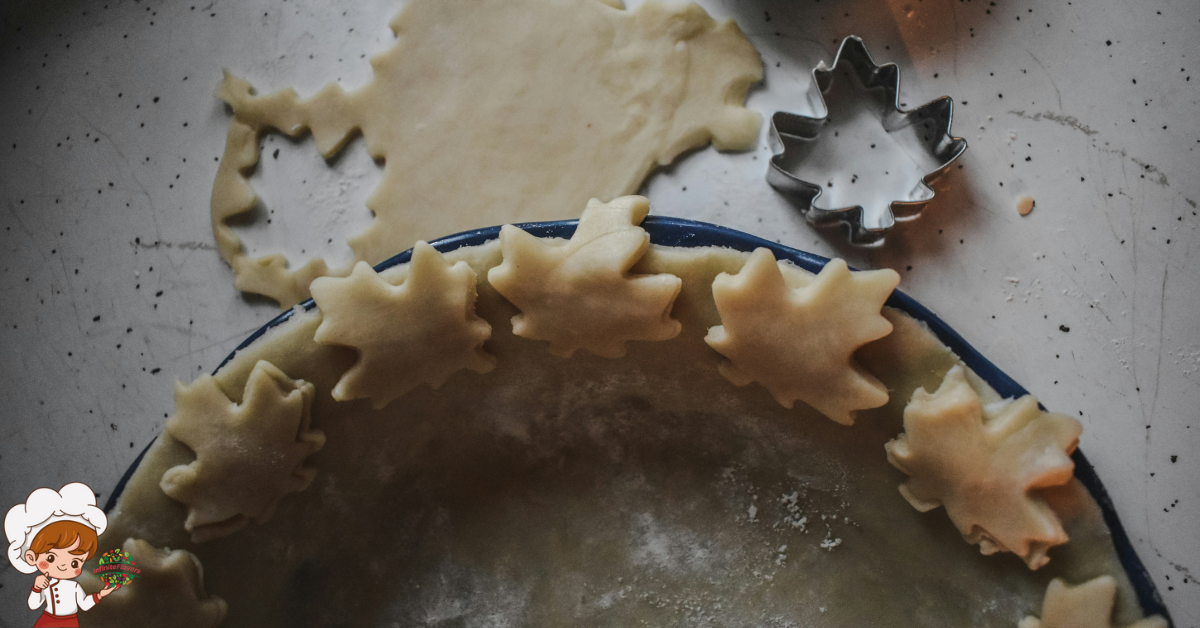The Best Griot A Haitian Favorite

Griot: In the vibrant tapestry of Haitian cuisine, one dish stands out as a testament to rich cultural heritage and bold flavors—Griot. This fried pork delicacy holds a special place in the hearts and palates of the Haitian people, weaving together history, tradition, and an explosion of taste. Let’s embark on a journey through time to explore the captivating history and origin of Haiti’s Griot.
Origins in Haitian History:
Griot’s roots delve deep into Haiti’s complex history, reflecting the resilience of its people. Emerging during the period of colonization and slavery, Griot became a symbol of resistance and cultural identity. Enslaved Africans in Haiti adapted their culinary traditions, blending indigenous ingredients with African techniques to create a dish that transcended its humble beginnings.
Culinary Alchemy: The Art of Griot:
Griot is a masterpiece of culinary alchemy, where pork is transformed into a symphony of flavors. Marinated in a vibrant blend of herbs, spices, and sour oranges, the meat undergoes a magical metamorphosis, absorbing the essence of Haiti’s culinary soul. The marination process not only infuses the pork with irresistible taste but also serves as a nod to the African roots of the dish.
Cooking Rituals:
The preparation of Griot is a ritualistic affair, often reserved for festive occasions and celebrations. As the marinated pork sizzles in bubbling cauldrons of hot oil, the aroma wafting through the air becomes a harbinger of joyous gatherings. Griot is not just a meal; it’s an experience—a communal celebration of culture, unity, and resilience.
Accompanying Symphonies: Pikliz and Bannann Peze:
No exploration of Griot is complete without acknowledging its perfect companions. Pikliz, a spicy pickled vegetable medley, adds a kick to the dish, cutting through the richness of the pork. Bannann Peze, twice-fried plantains, provide a delightful contrast—crispy on the outside, tender on the inside.
Cultural Significance: A Culinary Tapestry of Haitian Identity
Griot, beyond being a flavorful dish, holds profound cultural significance within the tapestry of Haitian identity. Its roots intertwine with the nation’s history, embodying resilience, unity, and the celebration of shared heritage.
*1. Symbol of Resilience: Griot emerged during a tumultuous period in Haiti’s history—the era of colonization and slavery. Enslaved Africans, drawing upon their culinary traditions, ingeniously crafted Griot as a symbol of resistance. The dish served not only as sustenance but as a testament to the indomitable spirit of a people striving for freedom and cultural preservation.
*2. Culinary Adaptation: Griot showcases the fusion of diverse culinary influences. Influenced by African cooking techniques, the dish also integrates native ingredients and flavors, creating a harmonious blend that reflects the multicultural nature of Haiti. This amalgamation is not just a mere blending of ingredients but a culinary homage to the nation’s historical struggles and triumphs.
*3. Festive Gatherings and Social Bonds: Griot is a dish deeply associated with communal celebrations. Whether it’s a family gathering, a wedding, or a cultural event, the presence of Griot signifies joyous occasions. Sharing this dish is a shared experience that strengthens familial and communal bonds, emphasizing the importance of togetherness in Haitian culture.
*4. Legacy of Ancestral Practices: The marination and frying process of Griot are steeped in ancestral practices, passed down through generations. The ritualistic preparation of this dish not only imparts a distinctive flavor but also serves as a living connection to the culinary customs of the past, bridging the gap between generations and preserving cultural heritage.
*5. Community Identity: Griot plays a role in shaping the collective identity of the Haitian community. It serves as a marker of Haitian pride and a unifying element that transcends regional and social differences. Griot brings people together, fostering a sense of belonging and shared cultural heritage that extends beyond the dining table.
*6. Continuity and Evolution: While deeply rooted in tradition, Griot continues to evolve. Chefs and home cooks embrace the dish as a canvas for culinary creativity, infusing contemporary twists while maintaining its core essence. This dynamic relationship with Griot reflects the adaptability and dynamism of Haitian culture.
In essence, Griot isn’t just a dish; it’s a cultural ambassador that speaks volumes about Haiti’s history, resilience, and the enduring spirit of its people. Every bite of Griot is a journey through time, connecting the present with the rich tapestry of Haitian heritage.

Haiti: Griot (Fried pork)
Ingredients
- 2 lbs pork shoulder cut into bite-sized pieces
- 1 cup sour orange juice can be substituted with a mix of orange and lime juice
- 4 cloves garlic minced
- 1 teaspoon thyme dried
- 1 teaspoon oregano dried
- 1 scotch bonnet pepper minced (adjust according to spice preference)
- Salt and pepper to taste
- 2 cups vegetable oil for frying
Instructions
- Marinade:
- In a large bowl, combine the sour orange juice, minced garlic, thyme, oregano, minced scotch bonnet pepper, salt, and pepper. Mix the ingredients well to form the marinade.
- Add the pork pieces to the marinade, ensuring each piece is thoroughly coated. Cover the bowl and let it marinate in the refrigerator for at least 4 hours or preferably overnight. This allows the flavors to penetrate the meat.
- Frying: 3. In a deep skillet or frying pan, heat the vegetable oil over medium-high heat until it reaches 350°F (175°C).
- Carefully add the marinated pork pieces to the hot oil, ensuring not to overcrowd the pan. Fry in batches for about 8-10 minutes or until the pork is golden brown and crispy.
- Use a slotted spoon to remove the fried pork from the oil and place them on a paper towel-lined plate to absorb excess oil.
- Serve: 6. Garnish with fresh slices of lime and additional minced scotch bonnet pepper for added spice.
- Serve the Griot hot and crispy, paired with Pikliz (Haitian spicy pickled vegetables) and fried plantains for a complete and authentic Haitian experience.
Modern Interpretations:
In contemporary Haiti, Griot continues to evolve. Chefs and home cooks alike infuse their creativity into the traditional recipe, experimenting with new flavors while honoring the dish’s historical significance. Griot has transcended its roots, becoming a symbol of Haitian culinary artistry.
Conclusion:
As we savor the crispy perfection of Griot, we not only indulge in a delectable dish but also partake in the living history of Haiti. Griot is a testament to the resilience of a nation, an embodiment of cultural pride, and a sensory journey through Haiti’s past and present. Let the savory aroma and bold flavors of Griot transport you to the heart of this Caribbean culinary gem.








